NEW YORK—City officials joined representatives from the Marijuana Arrest Research Project, the Institute for Juvenile Justice Reforms and Alternatives, the Drug Policy Alliance, and other community advocates on the steps of City Hall on Tuesday to address the issue of the costs of, and the astronomical number of marijuana possession arrests.
A report released at the press conference details the cost to city taxpayers for the 50,000 marijuana possession arrests that took place last year, said Gabriel Sayegh, New York state director for the Drug Policy Alliance (DPA).
The report, “$75 Million a Year,” jointly distributed by DPA and the Institute for Juvenile Justice Reform and Alternatives (IJJRA), was written by Dr. Harry Levine, City University of New York sociology professor and lawyer Loren Siegel, JD.
The report’s findings showed that of the 54,000 marijuana possession arrests in 2010 in the state of New York, the New York Police Department (NYPD) made 50,300 arrests—equivalent to one out of every seven arrests made in NYC.
“It is important to keep in mind that these arrests are not due to an increase in marijuana use or a change in the law in 1977 when marijuana was decriminalized. These arrests are the direct result of police policy and police practices,” said Sayegh.
According to the report, each arrest, which includes all police and court expenses, costs from $1,000 to $2,000. In 2010, the city spent $75 million arresting and jailing mostly young people of color for possessing small amounts of marijuana.
“Over $6 million a month is being spent to arrest and jail these people,” said Levine, stating that Mayor Bloomberg has spent over half a billion dollars arresting and jailing young people for marijuana possession.
“The scale of New York City marijuana arrest per se is staggering, 1,000 marijuana possession arrests a week, 4,000 arrests a month, and 50,000 arrests a year in New York City alone,” said Levine.
Since Bloomberg became mayor in 2002, the NYPD has made 350,000 marijuana possession arrests, which is more than Mayors Koch, Dinkins, and Giuliani combined.
Most of these arrests came about from the city’s 600,000-recorded ‘stop and frisks’ or thousands of unrecorded frisks, said Levine.
These arrests happened in neighborhoods of low-income communities of color, with the majority being young men, said Kyung-Ji Rhee, director of IJJRA.
“The young people were searched, often illegally, or tricked into revealing their marijuana. They were handcuffed, taken to police stations, finger printed, [and] photographed. Their eyes were scanned and their data was sent to FBI. They now have a permanent criminal record, which is searchable on commercial databases for $20.00 by employees, by landlords, [and] by credit agencies,” Levine said.
According to the report, 87 percent of those arrested were blacks and Latinos comprising mainly teenagers and young adults. “In New York City, Latinos are arrested at four times the rate of whites, and blacks are arrested at seven times the rate of whites,” said Levine.
However, government health surveys showed that young white people actually use marijuana at higher rates than blacks and Latinos.
Present at the press event, was Councilman Jumanne Williams who expressed his concern. “If they have marijuana in their pockets, a nickel bag, or dime bag, they [NYPD] asked them to take it out of their pocket, once it is in their hands, they charged them with public view. That is complete trickery,” said Williams.
Williams pointed out the issue of racial prejudice, stating he could not understand why 87 percent of these young people arrested for marijuana possession are blacks and Latino, and look like him.
“I have a feeling, a sneaky suspicion that if it were 87 percent of our lighter skin young children, they will be an uproar in the city and an uproar in this nation. But, it is not, so no one seems to care. But we care,” said Williams.
Many of those present discussed how the $75 million could be better spent instead of arresting and jailing young people for having small amounts of marijuana.
“To make this the only thing that deserves $75 million, I think it is an abuse of power, an abuse with what should be done with money at a time when we all need it,” said Williams.
“This money can be spent for schools, for housing, for health care, [and] for essential services that are now being cut,” said Levine.
Arresting these young people and “criminalizing them by putting them through the criminal justice system [is] definitely an inefficient use of resources,” said Councilwoman Melissa Mark-Viverito, who stated that the money could be better spent toward managing the rise in higher-level offenses.
To address this issue, Mark-Viverito said, “It is two-pronged: One, is to change the legislation at the state level because right now, it clearly says that if there is marijuana in public view, it is considered to be a misdemeanor.” Two, to “work closely with all of these organizations involved to raise awareness at a local level and push the NYPD to change [its] policy and strategy,” said Mark-Viverito.
“Because of the adverse impact, because of the costs, because of the impact to certain communities, I would urge them to change the law and make marijuana possession a violation as opposed to a misdemeanor, a more serious offense,” proposed Councilwoman Letitia James.
“It goes against the spirit and letter of the decriminalization bill that the New York state Legislature passed in 1977 in response to an outcry from white parents who were very upset that their children were being arrested and prosecuted for marijuana possession,” added Seigel.
Currently, this law is misapplied to the disadvantage of not only the young persons involved but also taxpayers, whose $75 million a year is being wasted and used for negative purposes, according to Siegel, who stated that the current situation could be simply rectified by following the Marijuana Reform Act of 1977.
Chapter 360 of the Laws of New York, “Crimes and Offenses-Possession and Sale of Marijuana” states, “The legislature finds that arrests, criminal prosecutions, and criminal penalties are inappropriate for people who possess small quantities of marijuana for personal use. Every year, this process needlessly scars thousands of lives and wastes millions of dollars in law enforcement resources, while detracting from the prosecution of serious crimes.”
A report released at the press conference details the cost to city taxpayers for the 50,000 marijuana possession arrests that took place last year, said Gabriel Sayegh, New York state director for the Drug Policy Alliance (DPA).
The report, “$75 Million a Year,” jointly distributed by DPA and the Institute for Juvenile Justice Reform and Alternatives (IJJRA), was written by Dr. Harry Levine, City University of New York sociology professor and lawyer Loren Siegel, JD.
The report’s findings showed that of the 54,000 marijuana possession arrests in 2010 in the state of New York, the New York Police Department (NYPD) made 50,300 arrests—equivalent to one out of every seven arrests made in NYC.
“It is important to keep in mind that these arrests are not due to an increase in marijuana use or a change in the law in 1977 when marijuana was decriminalized. These arrests are the direct result of police policy and police practices,” said Sayegh.
According to the report, each arrest, which includes all police and court expenses, costs from $1,000 to $2,000. In 2010, the city spent $75 million arresting and jailing mostly young people of color for possessing small amounts of marijuana.
“Over $6 million a month is being spent to arrest and jail these people,” said Levine, stating that Mayor Bloomberg has spent over half a billion dollars arresting and jailing young people for marijuana possession.
“The scale of New York City marijuana arrest per se is staggering, 1,000 marijuana possession arrests a week, 4,000 arrests a month, and 50,000 arrests a year in New York City alone,” said Levine.
Since Bloomberg became mayor in 2002, the NYPD has made 350,000 marijuana possession arrests, which is more than Mayors Koch, Dinkins, and Giuliani combined.
Most of these arrests came about from the city’s 600,000-recorded ‘stop and frisks’ or thousands of unrecorded frisks, said Levine.
These arrests happened in neighborhoods of low-income communities of color, with the majority being young men, said Kyung-Ji Rhee, director of IJJRA.
“The young people were searched, often illegally, or tricked into revealing their marijuana. They were handcuffed, taken to police stations, finger printed, [and] photographed. Their eyes were scanned and their data was sent to FBI. They now have a permanent criminal record, which is searchable on commercial databases for $20.00 by employees, by landlords, [and] by credit agencies,” Levine said.
According to the report, 87 percent of those arrested were blacks and Latinos comprising mainly teenagers and young adults. “In New York City, Latinos are arrested at four times the rate of whites, and blacks are arrested at seven times the rate of whites,” said Levine.
However, government health surveys showed that young white people actually use marijuana at higher rates than blacks and Latinos.
Present at the press event, was Councilman Jumanne Williams who expressed his concern. “If they have marijuana in their pockets, a nickel bag, or dime bag, they [NYPD] asked them to take it out of their pocket, once it is in their hands, they charged them with public view. That is complete trickery,” said Williams.
Williams pointed out the issue of racial prejudice, stating he could not understand why 87 percent of these young people arrested for marijuana possession are blacks and Latino, and look like him.
“I have a feeling, a sneaky suspicion that if it were 87 percent of our lighter skin young children, they will be an uproar in the city and an uproar in this nation. But, it is not, so no one seems to care. But we care,” said Williams.
Many of those present discussed how the $75 million could be better spent instead of arresting and jailing young people for having small amounts of marijuana.
“To make this the only thing that deserves $75 million, I think it is an abuse of power, an abuse with what should be done with money at a time when we all need it,” said Williams.
“This money can be spent for schools, for housing, for health care, [and] for essential services that are now being cut,” said Levine.
Arresting these young people and “criminalizing them by putting them through the criminal justice system [is] definitely an inefficient use of resources,” said Councilwoman Melissa Mark-Viverito, who stated that the money could be better spent toward managing the rise in higher-level offenses.
To address this issue, Mark-Viverito said, “It is two-pronged: One, is to change the legislation at the state level because right now, it clearly says that if there is marijuana in public view, it is considered to be a misdemeanor.” Two, to “work closely with all of these organizations involved to raise awareness at a local level and push the NYPD to change [its] policy and strategy,” said Mark-Viverito.
“Because of the adverse impact, because of the costs, because of the impact to certain communities, I would urge them to change the law and make marijuana possession a violation as opposed to a misdemeanor, a more serious offense,” proposed Councilwoman Letitia James.
“It goes against the spirit and letter of the decriminalization bill that the New York state Legislature passed in 1977 in response to an outcry from white parents who were very upset that their children were being arrested and prosecuted for marijuana possession,” added Seigel.
Currently, this law is misapplied to the disadvantage of not only the young persons involved but also taxpayers, whose $75 million a year is being wasted and used for negative purposes, according to Siegel, who stated that the current situation could be simply rectified by following the Marijuana Reform Act of 1977.
Chapter 360 of the Laws of New York, “Crimes and Offenses-Possession and Sale of Marijuana” states, “The legislature finds that arrests, criminal prosecutions, and criminal penalties are inappropriate for people who possess small quantities of marijuana for personal use. Every year, this process needlessly scars thousands of lives and wastes millions of dollars in law enforcement resources, while detracting from the prosecution of serious crimes.”
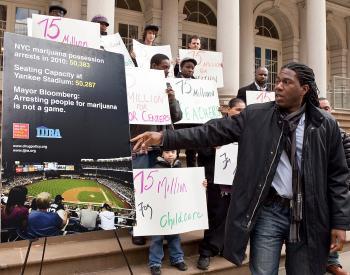
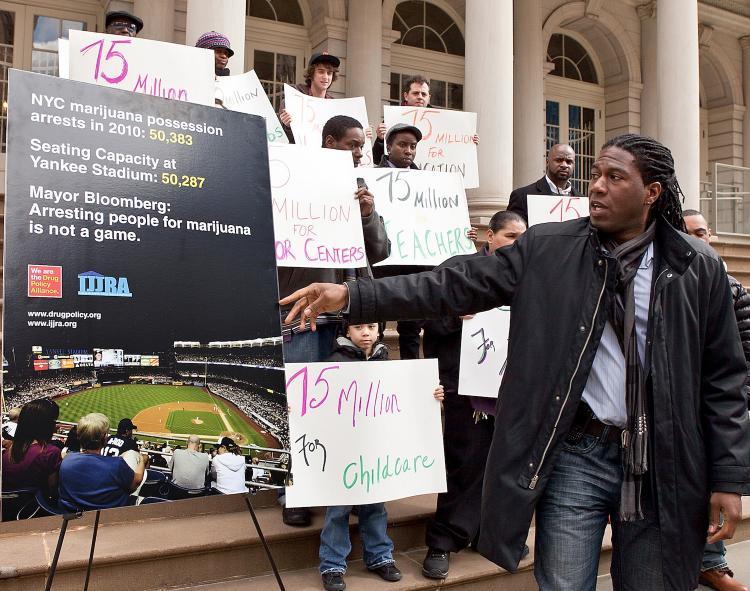
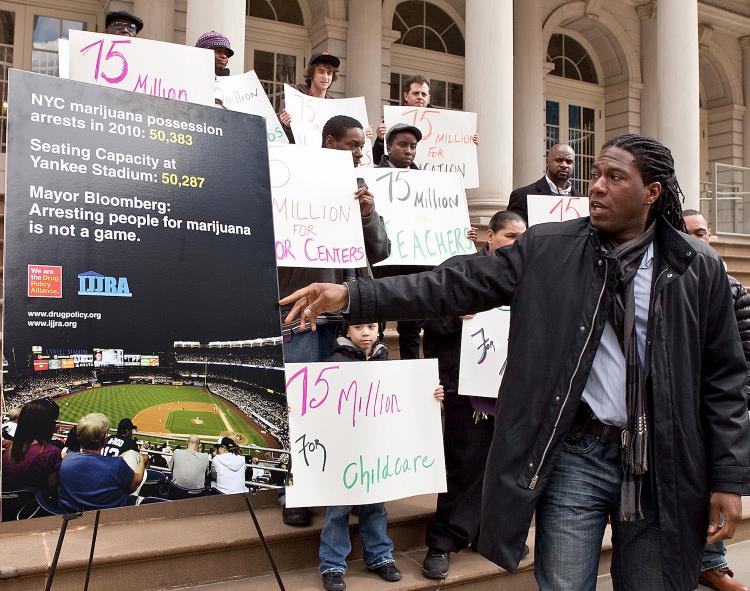

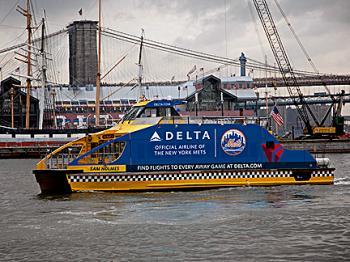

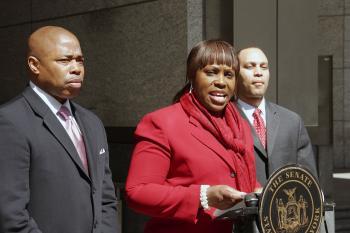
Friends Read Free